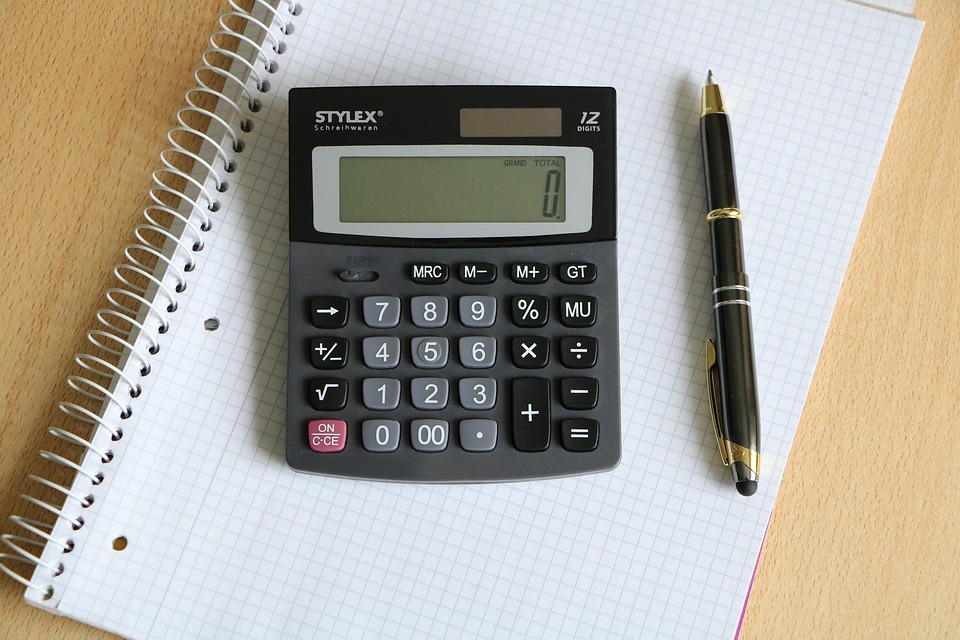The Ultimate Guide to Fitness Calculators: Finding Your Perfect Workout Formula
In today’s fast-paced world, fitness calculators have emerged as an invaluable tool for both novice exercisers and seasoned athletes. These calculators help individuals tailor their fitness regimes to meet personal goals, whether it’s weight loss, muscle gain, or improving overall health. This article delves into the various types of fitness calculators, how they work, and how to utilize them effectively to find your perfect workout formula.
Understanding Fitness Calculators
Fitness calculators are tools that assess various aspects of physical fitness and health, providing users with a personalized approach to training. They often factor in inputs such as age, weight, height, gender, and activity level to generate results tailored specifically to an individual’s needs. Common elements considered in fitness calculators include:
1. Basal Metabolic Rate (BMR)
BMR is the number of calories your body burns at rest. Understanding your BMR is crucial because it sets the foundation for any fitness plan. Various equations, such as the Mifflin-St Jeor equation, can help calculate this:
- For men: BMR = 10 weight(kg) + 6.25 height(cm) – 5 * age(y) + 5
- For women: BMR = 10 weight(kg) + 6.25 height(cm) – 5 * age(y) – 161
2. Total Daily Energy Expenditure (TDEE)
TDEE accounts for all calories burned throughout the day, including those burned during activity. To find your TDEE, multiply your BMR by an activity factor that reflects your lifestyle:
- Sedentary (little or no exercise): BMR * 1.2
- Lightly active (light exercise/sports 1-3 days a week): BMR * 1.375
- Moderately active (moderate exercise/sports 3-5 days a week): BMR * 1.55
- Very active (hard exercise/sports 6-7 days a week): BMR * 1.725
- Super active (very hard exercise, physical job, or training twice a day): BMR * 1.9
3. Macronutrient Ratios
Fitness calculators can also provide recommendations on the ideal macronutrient distribution for your goals—body composition, performance, or general health. Typically, macronutrient ratios are presented as percentages of total caloric intake:
- For weight loss: 40% carbohydrates, 30% protein, 30% fats
- For muscle gain: 50% carbohydrates, 25% protein, 25% fats
- For maintenance: 45% carbohydrates, 30% protein, 25% fats
4. Body Mass Index (BMI)
BMI is a simple measure to assess body weight relative to height. Although it doesn’t account for muscle mass versus fat or distribute fat throughout the body, it serves as a quick reference. The formula is:
[ BMI = \frac{weight(kg)}{height(m^2)} ]5. Body Fat Percentage
Understanding body fat percentage provides a clearer picture of overall health than weight alone. Various calculators estimate this based on several physical measurements, such as waist, hip, and neck circumference, or skinfold fat measurements.
Choosing the Right Fitness Calculator
With numerous fitness calculators available, selecting the right one hinges on your specific goals and preferences. Consider the following:
Goal-Oriented Calculators
- Weight Loss Calculators: These prioritize calorie deficits and optimal macronutrient distributions for shedding fat.
- Muscle Gain Calculators: Focused on caloric surpluses, these calculators recommend higher protein intake accompanied by strength training routines.
- Fitness Level Assessors: Some calculators evaluate your current fitness level to recommend suitable workouts.
Features to Look For
- User-Friendly Interface: A calculator that is easy to navigate will encourage regular use.
- Comprehensive Inputs: Look for calculators that allow multiple variables, such as fitness goals, personal preferences, and lifestyle habits.
- Customization Options: The more tailored the output, the better your chances of meeting individual goals.
Putting Your Fitness Calculator To Use
Once you’ve selected a calculator that suits your needs, the next step is implementing its recommendations into a workable fitness plan. Here’s a guide to getting started:
Step 1: Input Your Data
Accumulate all the necessary data, including personal information (age, height, weight, etc.) and lifestyle details (activity level). Accuracy here is key to getting the best results.
Step 2: Analyze Your Results
Review the outputs, focusing on your BMR, TDEE, macronutrient ratios, and any workout recommendations. Take note of achievable caloric deficits or surpluses based on your goals.
Step 3: Create a Workout Plan
Use the information gained from your calculator to develop a workout plan. Include:
- Cardio: Prioritize this for weight loss (running, cycling, etc.).
- Strength Training: Essential for muscle gain (weight lifting, resistance exercises).
- Flexibility: Don’t overlook stretching or yoga to improve overall well-being.
Step 4: Track Your Progress
Monitor your fitness journey through regular check-ins. Tools like fitness apps and journals can aid in logging workouts, nutrition, and any changes in body composition.
Step 5: Reassess Periodically
Every 4-6 weeks, revisit your calculator to adjust inputs based on changes in weight, fitness levels, and performance goals.
Common Pitfalls and How to Avoid Them
While fitness calculators are useful, there are common pitfalls that novice users tend to encounter. Awareness of these can save time and frustration:
Over-Reliance on Numbers
Caloric numbers are not the end-all; body composition and performance metrics are vital. Always listen to your body and adapt as necessary.
Ignoring Macronutrient Quality
Not all calories and macronutrients are created equal. Focus not just on quantity, but also on the quality of the food you choose to meet caloric and macronutrient goals.
Setting Unrealistic Goals
Setting ambitious goals is admirable but can lead to disappointment. Ensure that your targets are achievable based on personal capabilities and timeframes.
Additional Resources and Tools
To maximize the benefits of your fitness calculator, consider integrating other resources into your routine:
Fitness Apps
Apps like MyFitnessPal, Cronometer, or Lose It! can help you document meals and workouts. Many of these tools are integrated with calculators for seamless tracking.
Nutrition Guides
Invest in good nutrition guides or consult a registered dietitian for personalized advice that aligns with your calculator’s outputs.
Community Support
Join fitness groups or forums online to gain insights, share experiences, and ask for support—community accountability can enhance success.
The Future of Fitness Calculators
Advancements in technology, artificial intelligence, and wearables may significantly improve the capabilities of fitness calculators in the future. We can expect calculators to become more intuitive, offering users real-time feedback and adjustments based on their performance data.
As home workouts become more popular, interactive calculators that assess movement quality or biomechanics could transform how individuals train, moving beyond static inputs to more dynamic assessments.
Conclusion
Fitness calculators offer a personalized approach to achieving your health and fitness goals. By understanding your body and employing the right tools, you can craft a systematic and informed exercise regimen that boosts your performance and enhances overall well-being. Remember, the key to success lies not just in the calculations, but also in consistent effort, dedication, and a balanced lifestyle.
With this ultimate guide, you’re now equipped to find your perfect workout formula, and the journey to your fitness goals awaits!
References
[1] Mifflin, M. D., St Jeor, S. T., Hill, L. A., Scott, B. J., & Daugherty, S. A. (1990). A new predictive equation for resting energy expenditure in healthy individuals. The American Journal of Clinical Nutrition, 51(2), 241-247. [2] World Health Organization. (2020). BMI Classification. WHO. [3] Institute of Medicine. (2002). Dietary Reference Intakes: Macronutrients. National Academies Press. [4] American College of Sports Medicine. (2018). ACSM’s Guidelines for Exercise Testing and Prescription. [5] Phillips, S. M., & Van Loon, L. J. C. (2011). Dietary protein for athletes: From requirements to metabolic advantage. Applied Physiology, Nutrition, and Metabolism, 36(5), 647-663.This guide aims to provide comprehensive knowledge about fitness calculators, enabling individuals to take charge of their fitness journey effectively. By leveraging the power of these calculators, anyone can tailor their workout regime to align with personal goals and health objectives.


























Add Comment